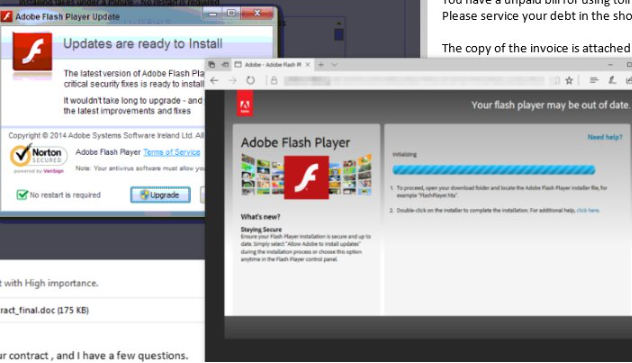About this Trojan
Torpig is a dangerous Trojan horse, active since 2005. The malware aims to extort personal and financial information from victim computers and can be rather difficult to get rid of. It spreads mainly via rootkits and spam emails, and mainly affects computers running older versions of Windows. This particular Trojan is notorious in the world of malware because of how successful it is/was, as it was found to have stolen over 70GB of information by 2009. Torpig has stolen login information of over 8 thousand accounts from more than 400 different institutions, more than a thousand unique credit card numbers from people in over 40 countries. This data is from 2009, and 9 years could have changed these statistics quite drastically. 
It can be quite difficult to detect the infection because it prevents anti-virus programs from operating normally. It does not show any outward signs of being present, as Trojans work in the background, avoiding detection. We will explain in the end of the report what you need to do to successfully remove Torpig from your computer. But in the meantime, continue reading to find out how exactly it spreads and what it does.
What does it do?
In the beginning, the Trojan was mainly spread using phishing emails. An email would have a .docx file attached to it, and if users were to open it and enable Macros, the Trojan would start functioning. These kinds of spam emails are generally pretty obvious and land in the spam folder. However, some users still have the tendency to open emails quite carelessly, which is what cyber crooks are hoping for. In order to protect yourself from malware spreading via emails, there is one thing you can do. Scan the file with a malware scanner before you open it, and that should clarify whether you can safely open it.
Torpig is also known to spread via rootkits, but users with more recent Windows versions or those using Mac computers are safe from this. Users would not even notice the Trojan downloading because it would happen without them having to do anything. Users would be redirected to a website that is spreading the Trojan, and it would download automatically. After infection, the victim’s computer would restart. This method would only work with older Windows versions, such as Windows XP, 7 and Vista.
The malware primarily aims to steal personal information. Credit card data, logins, passwords, etc. are all targeted. It’s also possible that some files will be deleted on the infected system, and anti-virus will be prevented from working as normal. By 2009, it had managed to steal over 70GB of information from victims, but over the years much more information was probably taken. Frequently, information acquired this way is sold in blocks on the dark net.
Torpig removal
We cannot recommend you uninstall Torpig manually because you might not get rid of it completely, or end up doing more damage to your computer. However, the Trojan will stop anti-malware from working. Thus, you will need to boot your computer in Safe Mode. Follow the instructions provided below, and run the security program. Once its detected, delete Torpig immediately.
Offers
Download Removal Toolto scan for TorpigUse our recommended removal tool to scan for Torpig. Trial version of provides detection of computer threats like Torpig and assists in its removal for FREE. You can delete detected registry entries, files and processes yourself or purchase a full version.
More information about SpyWarrior and Uninstall Instructions. Please review SpyWarrior EULA and Privacy Policy. SpyWarrior scanner is free. If it detects a malware, purchase its full version to remove it.

WiperSoft Review Details WiperSoft (www.wipersoft.com) is a security tool that provides real-time security from potential threats. Nowadays, many users tend to download free software from the Intern ...
Download|more


Is MacKeeper a virus? MacKeeper is not a virus, nor is it a scam. While there are various opinions about the program on the Internet, a lot of the people who so notoriously hate the program have neve ...
Download|more


While the creators of MalwareBytes anti-malware have not been in this business for long time, they make up for it with their enthusiastic approach. Statistic from such websites like CNET shows that th ...
Download|more
Site Disclaimer
2-remove-virus.com is not sponsored, owned, affiliated, or linked to malware developers or distributors that are referenced in this article. The article does not promote or endorse any type of malware. We aim at providing useful information that will help computer users to detect and eliminate the unwanted malicious programs from their computers. This can be done manually by following the instructions presented in the article or automatically by implementing the suggested anti-malware tools.
The article is only meant to be used for educational purposes. If you follow the instructions given in the article, you agree to be contracted by the disclaimer. We do not guarantee that the artcile will present you with a solution that removes the malign threats completely. Malware changes constantly, which is why, in some cases, it may be difficult to clean the computer fully by using only the manual removal instructions.
